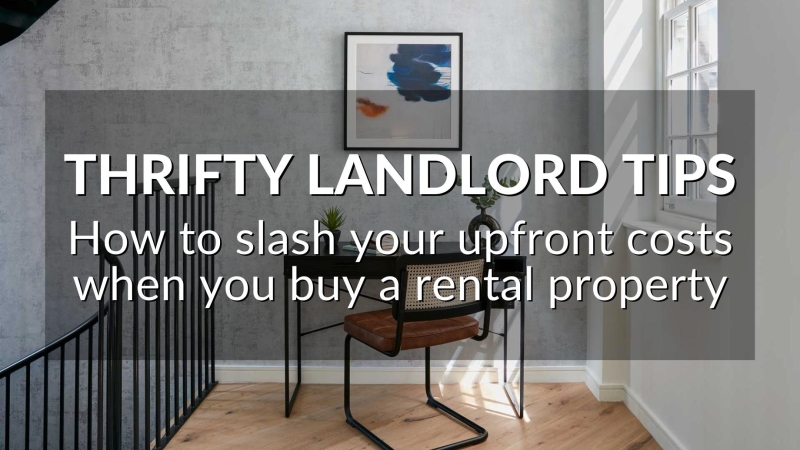
THRIFTY LANDLORD TIPS: HOW TO SLASH YOUR UPFRONT COSTS WHEN YOU BUY A RENTAL PROPERTY
Despite changes to tax policy, buy-to-let remains a hugely popular life goal for many people as one of the safest long-term investment strategies. Property feels real with tangible, visible and stable assets that shares, crypto and foreign exchange simply can’t match.
Nonetheless, the upfront costs of buying an investment property are some of the biggest barriers for landlords. Buy-to-let finance requires higher deposits than standard mortgages, and the second-home Stamp Duty supplement adds another large sum.
So the big question is: can you reduce your upfront buying costs for starting or expanding your lettings portfolio? Fortunately, the answer is yes, and in this week’s blog, we’ll show you how.
DON’T GET MARRIED (YET)
Did you know that if you’re married or in a registered civil partnership, you’re penalised over couples who haven’t yet tied the knot?
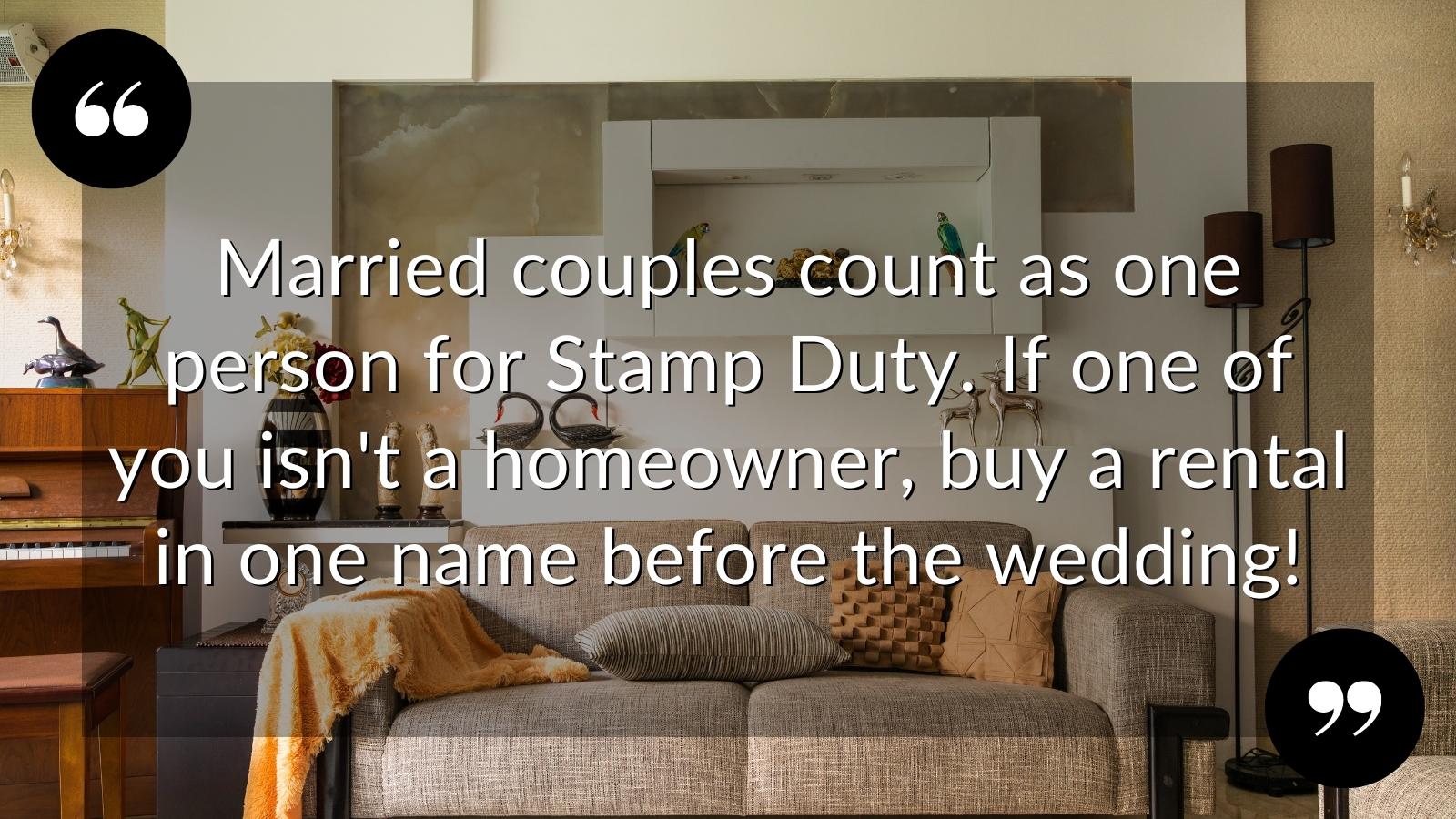
So if your plans include marriage as well as becoming a landlord, you could be thousands of pounds better off by buying a rental home before your wedding day.
– Married couples and registered civil partnerships count as one person for Stamp Duty purposes.
– Even if only one of you owns a home, when your spouse buys a property – even as a first-time buyer – you’ll be liable for the second-home supplement of 3% of the entire purchase price.
– By holding off getting hitched until after you complete your purchase, you can spend the Stamp Duty savings on your wedding or honeymoon!
If one of you doesn’t earn enough to get a mortgage on their own, look into Joint Borrower Sole Proprietor mortgages. These allow you to pool your joint incomes for greater buying power, with only one of you listed as the registered owner, thereby avoiding the extra Stamp Duty for second homes.
FIND A FIXER-UPPER
Despite all the makeover shows on TV, most buyers don’t want to live in a building site, particularly families and busy professionals. This often makes the market for unmodernised property sightly less frantic than for homes that are ready to move into.
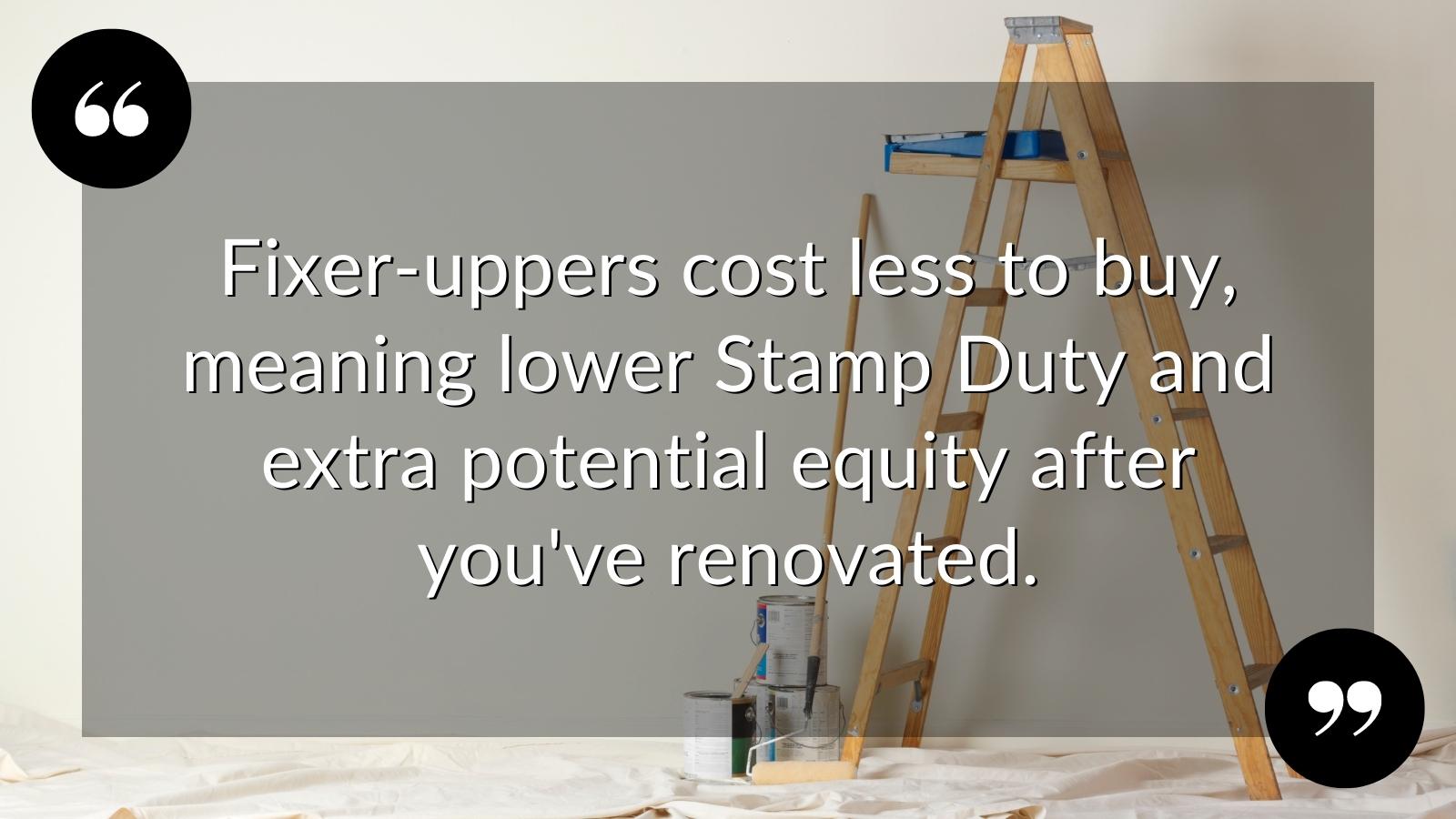
Fixer-uppers cost less, which means lower Stamp Duty when you buy. They also give you the chance for potential extra equity if the combined purchase price and refurbishment costs are less than the value of the property after you’ve renovated.
– Inefficient homes will lose value as bills go through the roof, so pick up a bargain and make energy improvements to increase your equity and achieve a higher rent.
– Make sure you have the cash for refurbishment costs – don’t take on a project unless you’ve got ALL the money to finish the job!
– You can save on labour costs (often more than the materials) by completing simple jobs yourself like decorating, upgrading door handles and fitting blinds or curtains poles.
– If you’re a bit handy and have the time and inclination, you can find tutorials on YouTube for larger jobs like laying floors, plastering, tiling and basic plumbing for even more cost-cutting.
Caution: employ an expert for works like wiring, installing a boiler, knocking down walls or anything that needs a safety certificate or building regulations. The DIY saving could cost you dearly if things go wrong later on.
FORGET WHAT’S IN VOGUE
While most buyers are chasing Victorian, Edwardian, 1930s or brand-new homes in the poshest streets, the smart and thrifty landlord can look at other options.
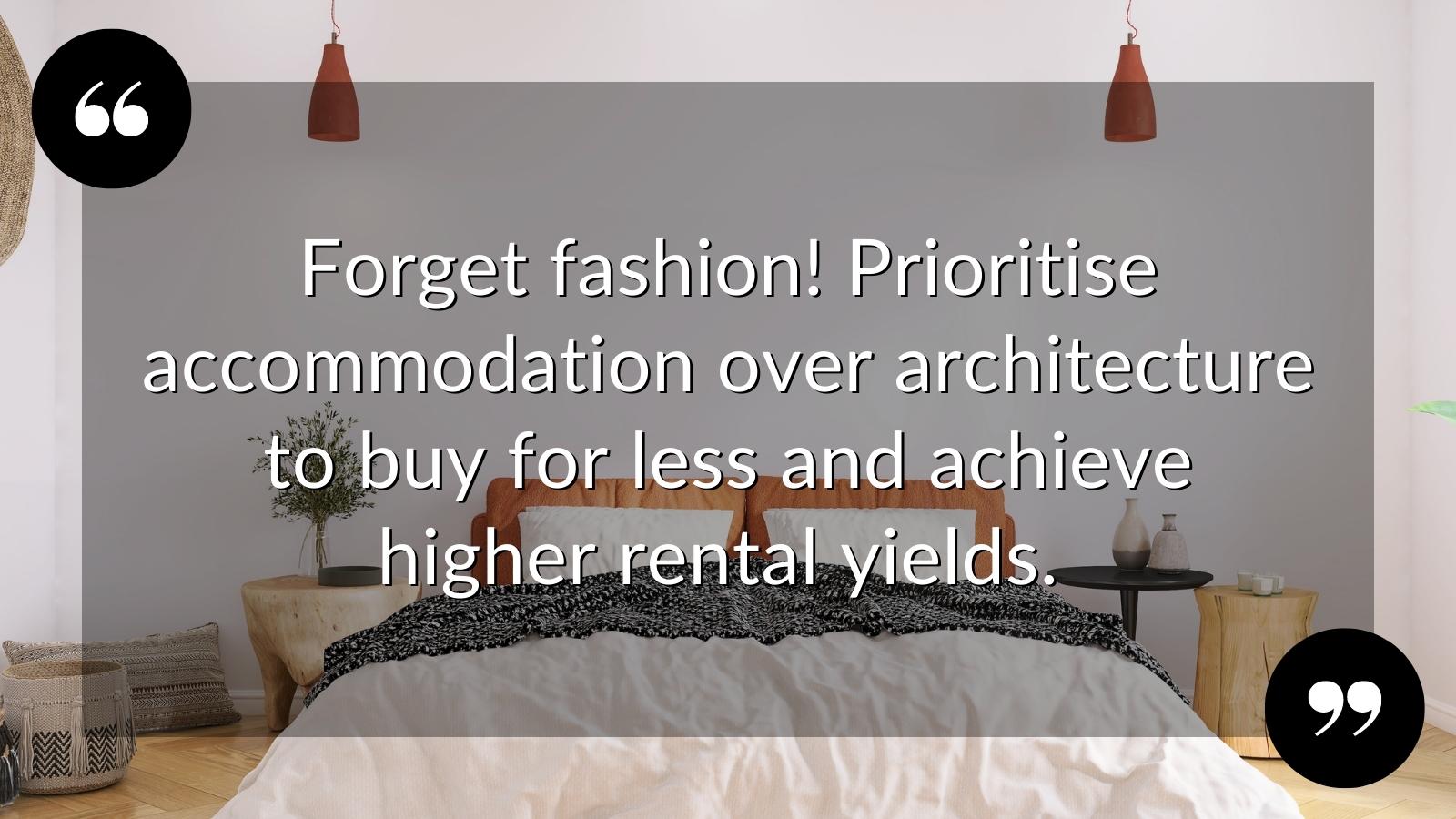
– Choose accommodation over architecture and find homes from periods like the 1950s, 1980s and 1990s with a smaller fanbase.
– Remember that ‘location location location’ isn’t necessarily everything in lettings. Cheaper streets and neighbourhoods with lower purchase prices and Stamp Duty can very often produce higher yields.
Tenants are usually far more flexible than buyers on exterior style and precise location, so why not use that to your advantage?
TURN YOUR HOME INTO A BUY-TO-LET
If you’re already a homeowner, the cheapest way to own your first rental property is to turn your home into a buy-to-let.
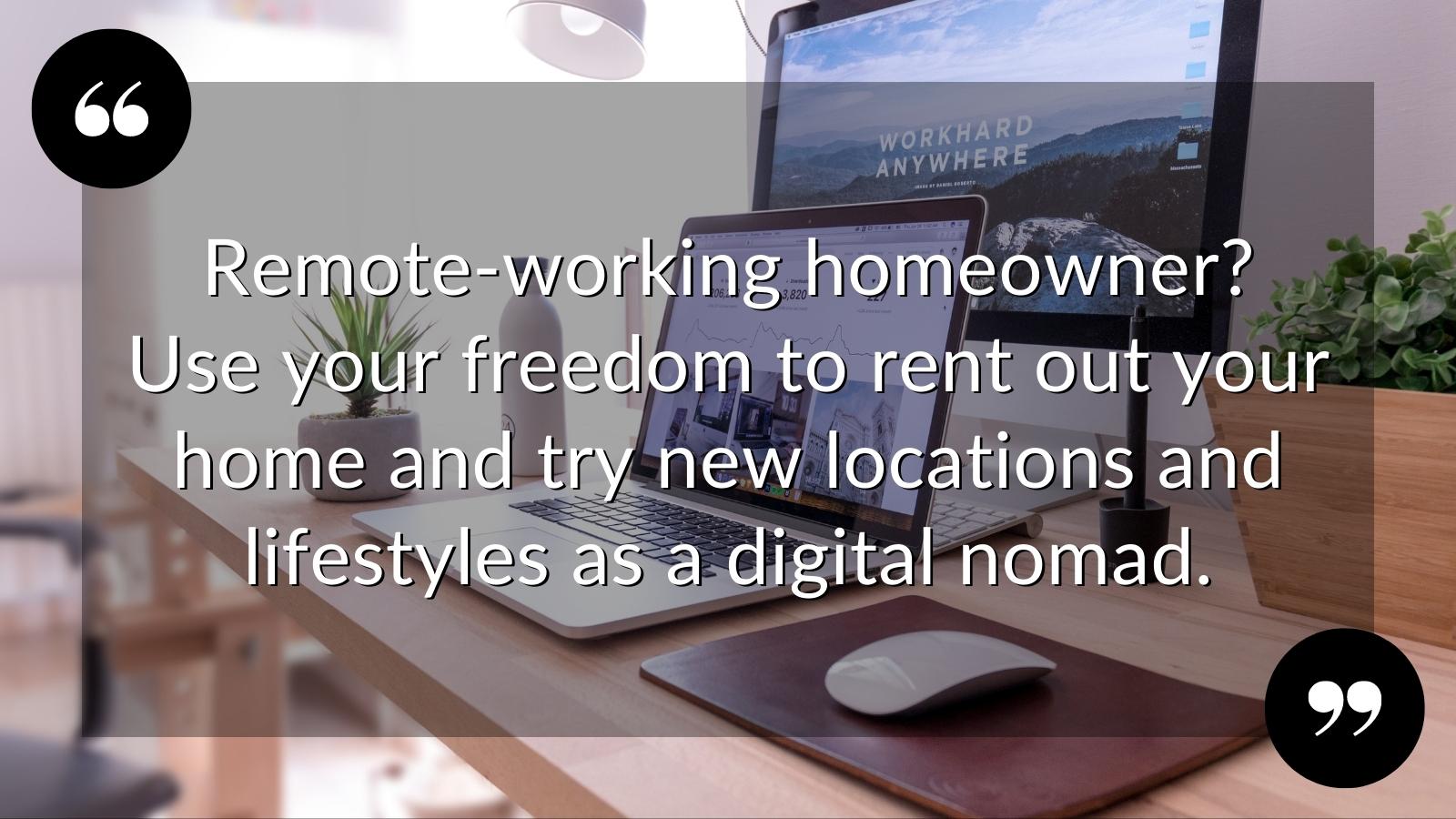
And if you’re freelancing or permanently working from home, you could use your freedom to experience new lifestyles and locations as a digital nomad. Fancy swapping the big city for country life, saying farewell to mountains and hello to the sea, or even a stint abroad? It’s all possible with a laptop and wi-fi.
– Ask local letting agents (like us!) for an idea of the potential rental value.
– Approach your lender to see if you can simply switch to a buy-to-let mortgage with them.
– Speak to an independent financial adviser to see if better deals exist.
– Decide if you want to include your furniture, store it, or sell it.
Remember that buy-to-let mortgages
come with lower loan-to-value ratios that generally top out at 80%. They’re also mostly based on the monthly rental income being at least 125% of the mortgage payments.
BUY AN EXISTING LIMITED COMPANY
One of the main obstacles for landlords in starting or expanding their portfolio is the level of purchase tax. As well as the standard Stamp Duty rate, landlords pay a second-home supplement that adds an extra 3% to the purchase price – a significant upfront sum.
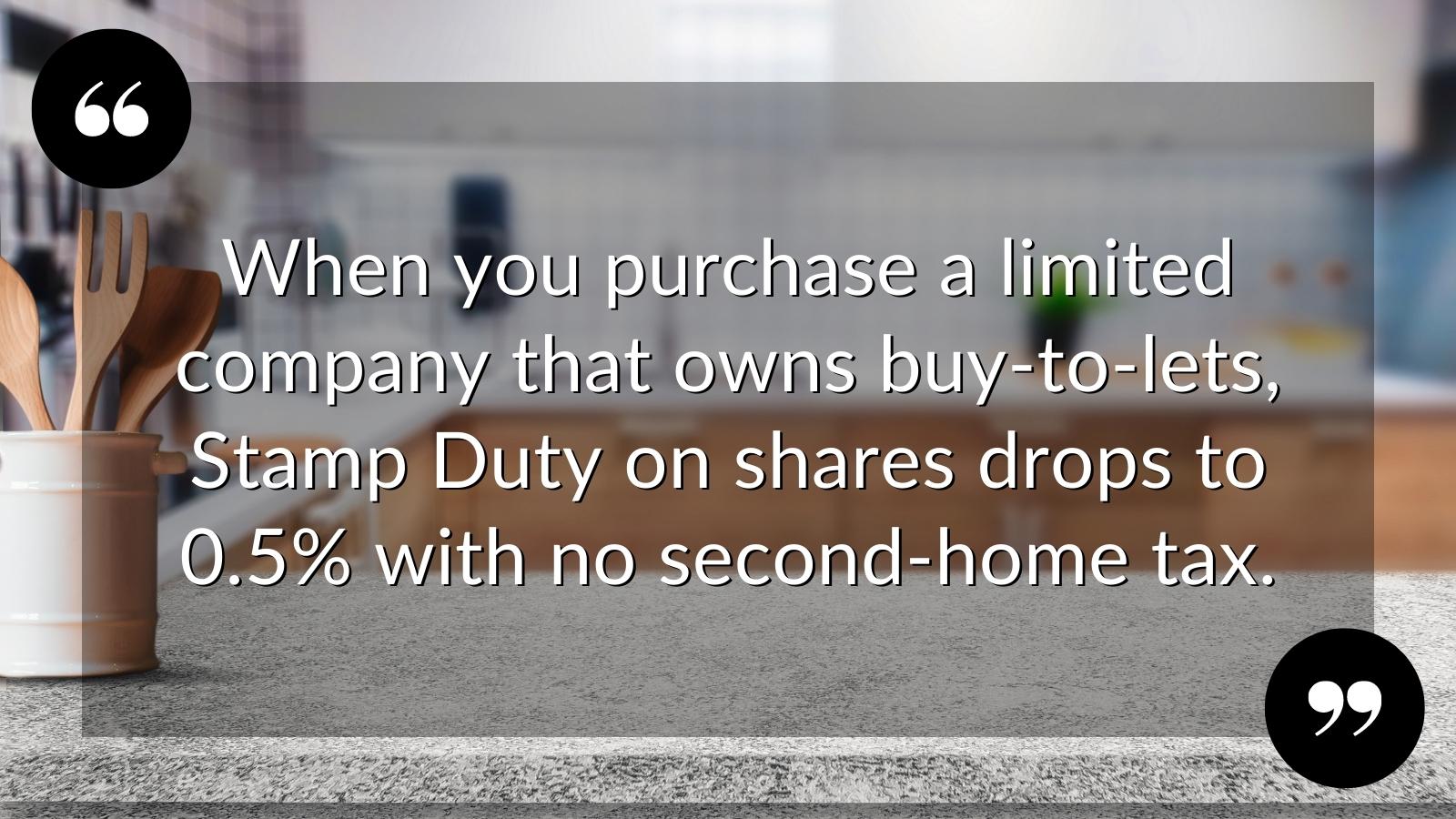
However, things change dramatically when you buy a limited company that owns investment property among its assets. Stamp Duty on shares is just 0.5%, with no second-home tax
Further ongoing benefits of owning your rental homes as a limited include:
– paying corporation tax on profits, currently just 19%, even if you’re a higher rate taxpayer
– being able to claim the entire monthly mortgage payment as an allowable tax expense.
– no capital gains tax liability when you sell if you keep the profits in the company for improving or expanding your portfolio.
While finance for limited companies isn’t as widely available as regular buy-to-let mortgages, more and more high street names offer products alongside specialist lenders. Speak to a financial adviser to get the full picture of what’s available to you.
What’s your next step?
There’s nothing we love more than working with local landlords who want to create and grow a profitable and popular buy-to-let business.
Give us a call on 01444 254 400 or drop us a line at info@hunters-group.co.uk to talk about the lettings market in Burgess Hill and how we can help you achieve even more success.






